Physicists discover a unique quantum behavior that offers a new way to manipulate electron-spin and magnetization to push forward cutting-edge spintronic technologies, like neuromorphic computing.


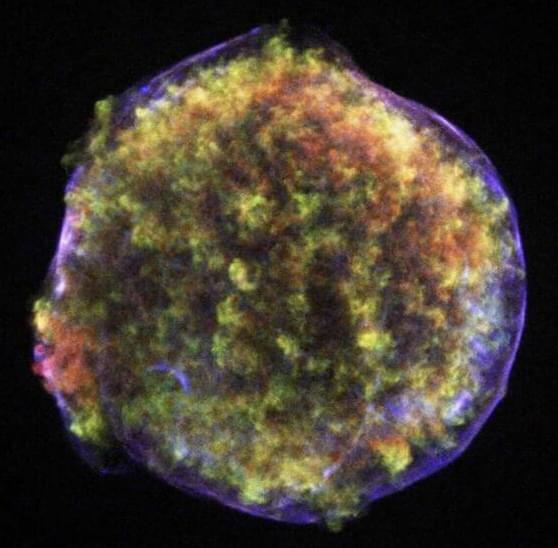

A huge number of ultracold atoms have been corralled into a grid that could form the basis of the next largest quantum computer.
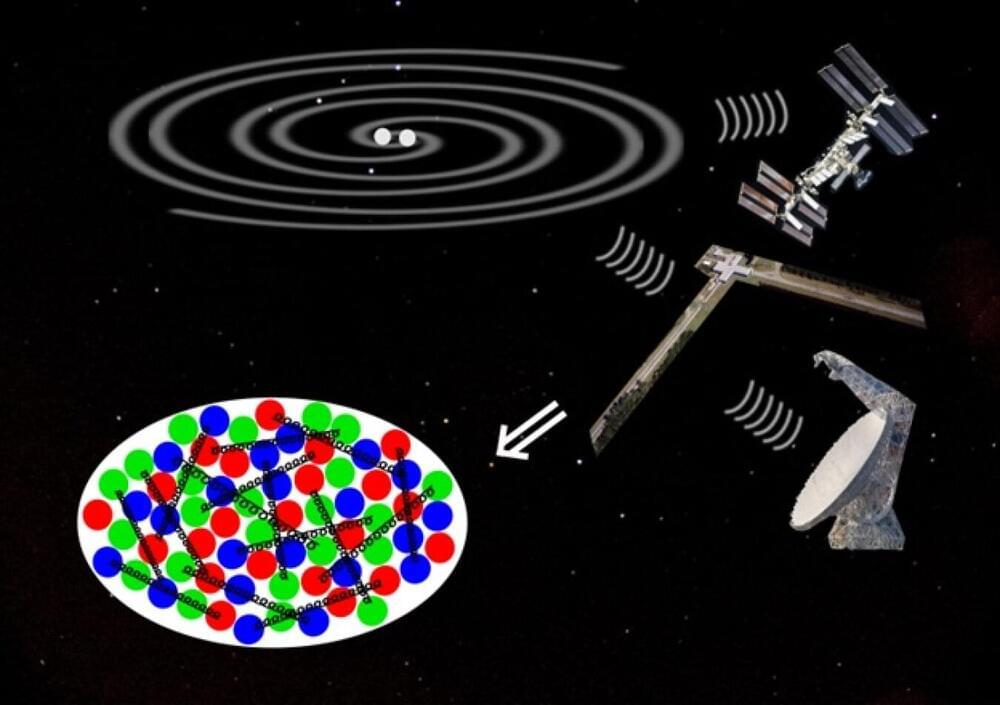
At extremely high densities, quarks are expected to form pairs, as electrons do in a superconductor. This high-density quark behavior is called color superconductivity. The strength of pairing inside a color superconductor is difficult to calculate, but scientists have long known the strength’s relationship to the pressure of dense matter. Measuring the size of neutron stars and how they deform during mergers tells us their pressure and confirms that neutron stars are indeed the densest visible matter in the universe.
In a recent study, researchers used neutron star observations to infer the properties of quark matter at even higher densities where it is certain to be a color superconductor. This yields the first empirical upper bound on the strength of color superconducting pairing.
The work is published in the journal Physical Review Letters.
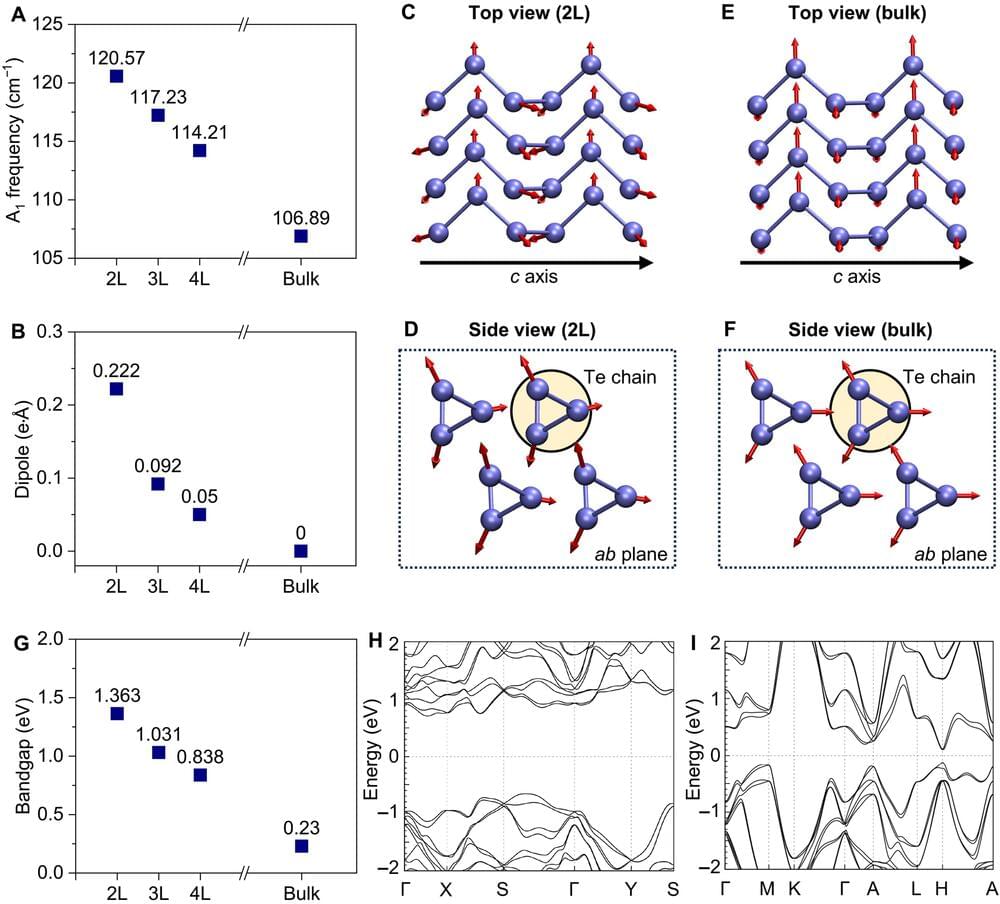
To describe how matter works at infinitesimal scales, researchers designate collective behaviors with single concepts, like calling a group of birds flying in sync a “flock” or “murmuration.” Known as quasiparticles, the phenomena these concepts refer to could be the key to next-generation technologies.
In a recent study published in Science Advances, a team of researchers led by Shengxi Huang, associate professor of electrical and computer engineering and materials science and nanoengineering at Rice, describe how one such type of quasiparticle—polarons—behaves in tellurene, a nanomaterial first synthesized in 2017 that is made up of tiny chains of tellurium atoms and has properties useful in sensing, electronic, optical and energy devices.
“Tellurene exhibits dramatic changes in its electronic and optical properties when its thickness is reduced to a few nanometers compared to its bulk form,” said Kunyan Zhang, a Rice doctoral alumna who is a first author on the study. “Specifically, these changes alter how electricity flows and how the material vibrates, which we traced back to the transformation of polarons as tellurene becomes thinner.”
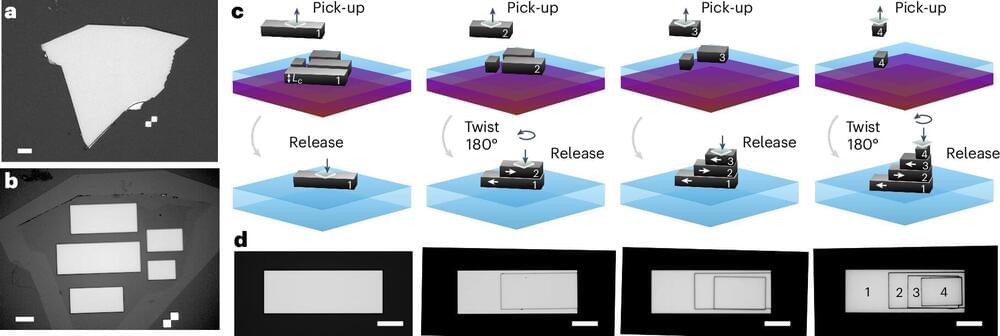
Physicists have spent more than a century measuring and making sense of the strange ways that photons, electrons, and other subatomic particles interact at extremely small scales. Engineers have spent decades figuring out how to take advantage of these phenomena to create new technologies.
In one such phenomenon, called quantum entanglement, pairs of photons become interconnected in such a way that the state of one photon instantly changes to match the state of its paired photon, no matter how far apart they are.
Nearly 80 years ago, Albert Einstein referred to this phenomenon as “spooky action at a distance.” Today, entanglement is the subject of research programs across the world—and it’s becoming a favored way to implement the most fundamental form of quantum information, the qubit.
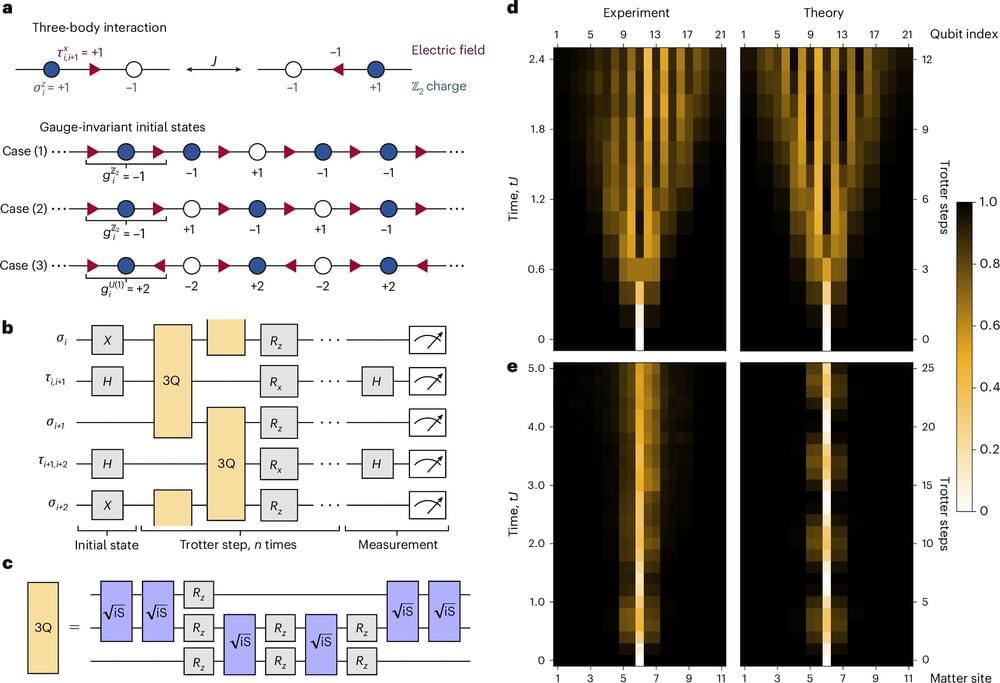
Science is always looking for more computing power and more efficient tools capable of answering its questions. Quantum computers are the new frontier in data processing, as they use the quantum properties of matter, such as the superposition of states and entanglement, to perform very complex operations.
A research team coordinated by the Department of Physics of the University of Trento had the opportunity to test some hypotheses on confinement in Z2 lattice gauge theory on the quantum computers of Google’s Quantum Artificial Intelligence Lab, in California. Their work was published in Nature Physics.
Gauge theories describe the fundamental forces in the standard model of particle physics and play an important role in condensed matter physics. The constituents of gauge theories, such as charged matter and electric gauge field, are governed by local gauge constraints, which lead to key phenomena that are not yet fully understood. In this context, quantum simulators may offer solutions that cannot be reached using conventional computers.

A team of physicists led by The City College of New York’s Lia Krusin-Elbaum has developed a novel technique that uses hydrogen cations (H+) to manipulate relativistic electronic bandstructures in a magnetic Weyl semimetal—a topological material where electrons mimic massless particles called Weyl fermions. These particles are distinguished by their chirality or “handedness” linked to their spin and momentum.
In the magnetic material MnSb₂Te₄, researchers unveiled a fascinating ability to “tune” and enhance the chirality of electronic transport by introducing hydrogen ions, reshaping on-demand the energy landscapes—called Weyl nodes—within the material. This finding could open a breadth of new quantum device platforms for harnessing emergent topological states for novel chiral nano-spintronics and fault-tolerant quantum computing. Entitled “Transport chirality generated by a tunable tilt of Weyl nodes in a van der Waals topological magnet,” the study appears in the journal Nature Communications.
The tuning of Weyl nodes with H+ heals the system’s (Mn-Te) bond disorder and lowers the internode scattering. In this process—which The City College team tests in the Krusin Lab using angularly-resolved electrical transport—electrical charges move differently when the in-plane magnetic field is rotated clockwise or counterclockwise, generating desirable low-dissipation currents. The reshaped Weyl states feature a doubled Curie temperature and a strong angular transport chirality synchronous with a rare field-antisymmetric longitudinal resistance—a low-field tunable ‘chiral switch’ that is rooted in the interplay of topological Berry curvature, chiral anomaly and a hydrogen-mediated form of Weyl nodes.

Researchers have successfully simulated the non-Hermitian skin effect in a two-dimensional quantum system, a first in the field.
This groundbreaking work, which uses ultracold fermions, reveals potential for a deeper understanding of quantum systems interacting with their environment, paving the way for future discoveries in quantum physics and information.
Groundbreaking Quantum Simulation Achievement.

UNSW engineers have demonstrated a well-known quantum thought experiment in the real world. Their findings deliver a new and more robust way to perform quantum computations—and they have important implications for error correction, one of the biggest obstacles standing between them and a working quantum computer.
Quantum mechanics has puzzled scientists and philosophers for more than a century. One of the most famous quantum thought experiments is that of the “Schrödinger’s cat”—a cat whose life or death depends on the decay of a radioactive atom.
According to quantum mechanics, unless the atom is directly observed, it must be considered to be in a superposition—that is, being in multiple states at the same time—of decayed and not decayed. This leads to the troubling conclusion that the cat is in a superposition of dead and alive.